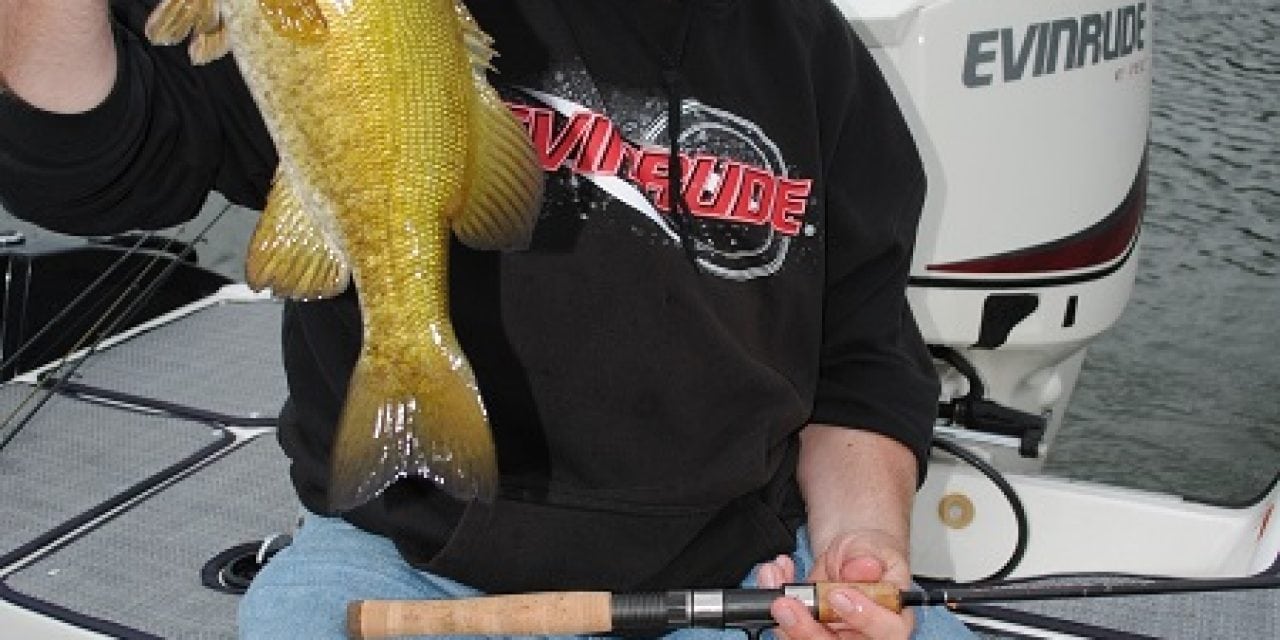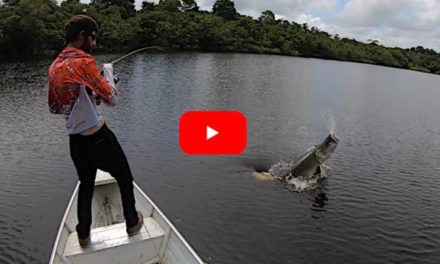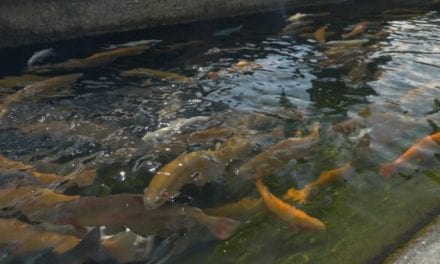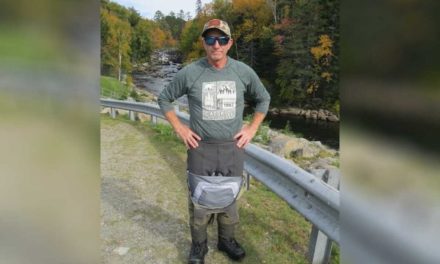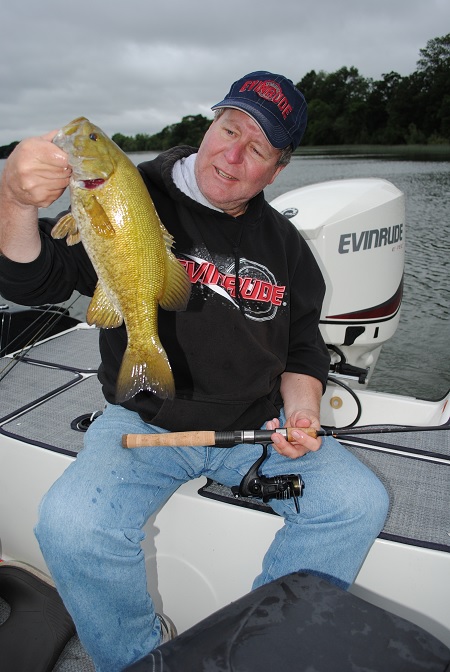
From now until autumn, one of the most productive ways to catch fish is with a live-bait rig. Live-bait rigs are simple set-ups, but they’re so effective so much of the time. Whether you’re after walleyes or crappies or smallmouth bass, pretty much anywhere in the Midwest, when nothing else will get the fish to open their mouth, live bait will. There are lots of things we can do to make our live bait presentation more appealing to fish: Following are some of those things.
We can present live bait to fish several different ways. We can suspend it below a slip-bobber, we can attach it to spinner rigs or jigs, or we can present it on a traditional live-bait rig: Just a snell and a sinker. For now, that’s we we’ll talk about: Good old rod in your hand, feed line when you get a bite, set the hook and catch the fish. And when you do it right, you’ll catch lots of’em.
More and more, anglers who are serious or at least a little bit serious about rigging will have a good number of rigs tied in advance. We’ll tie them of different snell lengths, different line weights, we’ll have them with different hook colors, and we’ll even have some with beads on the line right ahead of the hook. The bead adds just a little bit of attraction.
Storing these rigs has been made so much easier with the creation of the RigRap. RigRaps are small containers that we store our rigs in. We mark the container with the pertinent information about the rig inside, then put the RigRap in its own container. We can quickly find the rig that we want, and quickly get it tied onto our line.
Lighter, less visible line is what we use for snells when fishing clear water. Six pound test Assassin fluorocarbon is a good choice in clear water: You will rarely need to go lighter. Eight or ten pound test is about as heavy as we’ll go.
Tie up snells of several lengths. In some clear bodies of water anglers use eight or ten foot snells. Not often, but sometimes. In stained water snell length will usually be shorter, maybe just twenty inches. Not often, but sometimes. Usually, a forty inch snell will be about right.
Experiment with hook color. Northland’s Super-Glo Attractor Hooks come in several colors, and there are times when the fish, particularly walleyes, will prefer one color to another.
Use a smaller hook, say a #4 or #6 with leeches or crawlers, and a larger hook, maybe a #2, with minnows.
For a different look, replace the hook with a Gum-Drop Floater. The Gum-Drop provides a larger profile and will keep your bait up off the bottom a bit.
You can fish live-bait rigs behind bottom-bouncers and traditional slip sinkers, but the Rock-Runner Slip Bouncer is a really slick sinker system. You put a small sleeve on your line above the swivel that the rig is attached to. The sleeve slides on your line, so you can feed the fish some line, but the sleeve also allows you to change sinker weight without cutting and retying. The Rock-Runner Slip Bouncer is very snag resistant also.
As you get more into live-bait rigging, you’ll develop little tricks that at times will pay big dividends. The key is though, give live-bait rigs a shot next time the walleyes or smallmouth or crappies are finicky. When nothing else is working, oftentimes live bait will.
To see all the most recent episodes of the Fishing the Midwest television series, new fishing related tips, and fishing articles from the past, go to fishingthemidwest.com If you do Facebook, check us out for a variety of fishing-related things.
By Bob Jensen
The post LIVE-BAIT RIGS FOR MORE SUMMER FISH appeared first on .

